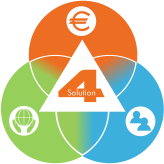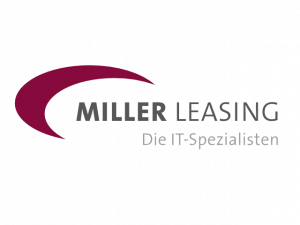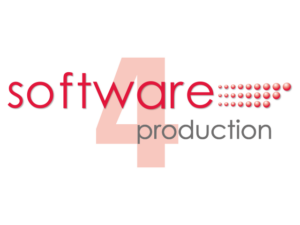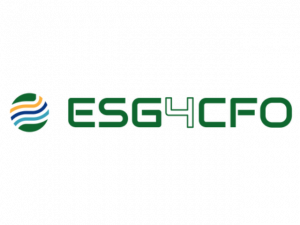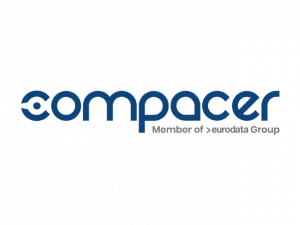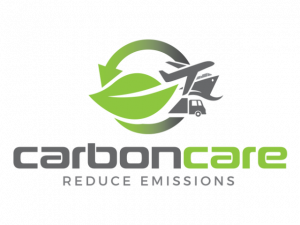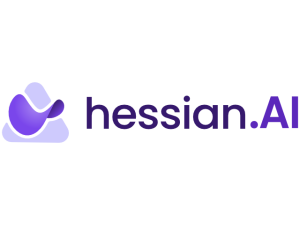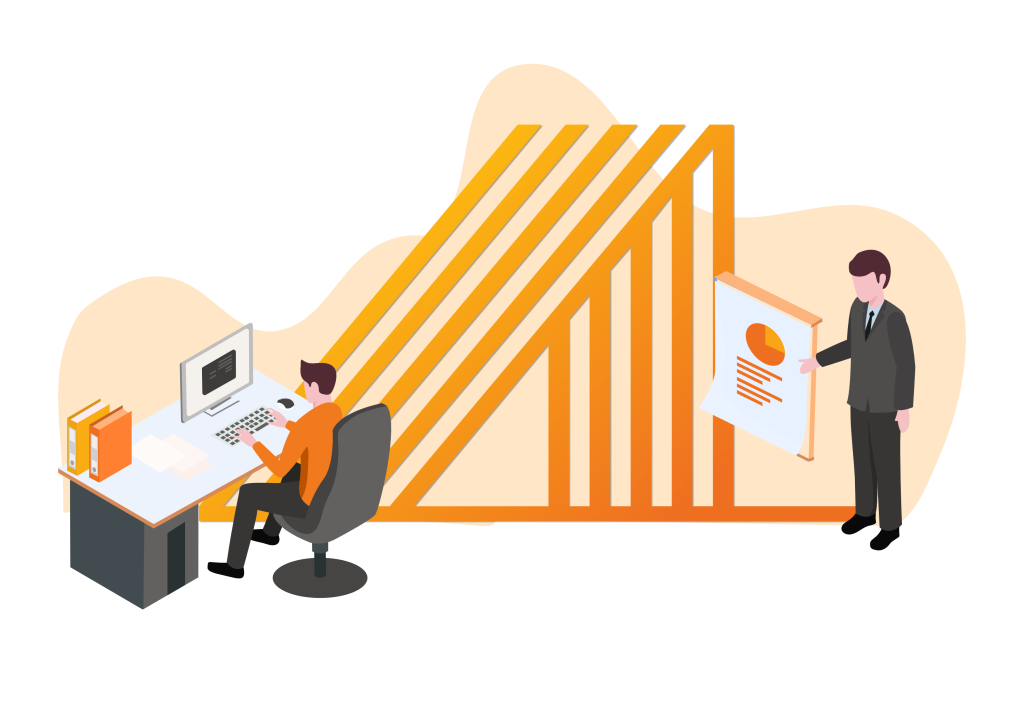Bridging SUSTAINABILITY and CORPORATE LEADERSHIP
Efficient Product Compliance with AEP SOLUTION4!
• 100% EU-compliant
• Seamlessly integrates with your systems


Your solution for PRODUCT COMPLIANCE
CO₂ emissions, resource and energy consumption along the supply chain: these are the cornerstones of product compliance.
Important Requirements for Product Compliance
• Tracks all greenhouse gas emissions throughout the entire product lifecycle — from raw materials to disposal
• Essential evidence for sustainable products and full compliance with EU Taxonomy and ISO 14067
• The basis for strong climate strategies, transparent reporting, and global market competitiveness
• Reliable data and transparent documentation build trust and credibility in ESG reporting
• Goal: Prohibit imports of raw materials from deforested areas into the EU
• Companies must clearly prove that their supply chains are deforestation-free
• Covers key commodities like soy, palm oil, timber, cocoa, coffee, and beef
• High standards for traceability and digital documentation ensure full compliance
• EU initiative to price carbon on imports from CO₂-intensive industries
• Importers must provide detailed reports and CO₂ proof when entering the EU
• Key sectors affected include iron, steel, aluminum, cement, fertilizers, and electricity
• Objective: Encourage low-carbon production and prevent carbon leakage

CUSTOMER voices
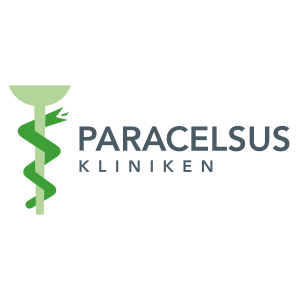



What we do DIFFERENTLY?
According to various independent software comparison portals such as EMAS (Eco-Management and Audit Scheme), ESRS Services and Matchilla, AEP Solution4 stands out from many other ESG software providers by fully meeting all the necessary ESG criteria.
According to EMAS, for example, AEP is one of the best software providers in Europe in terms of coverage of industry-specific criteria! (out of approx. 200 registered providers) :
• EMAS-Database (EU-Initiative): AEP therefore fulfills all relevant industry criteria
read more
AEP Solution4 offers unique capabilities that set it apart from other ESG software solutions. Of particular note is the ability to calculate the carbon footprint (CCF) and product carbon footprint (PCF) for even the most complex products. This functionality is particularly relevant for reporting down to product level in the context of future EU regulations, such as the ESPR and CBAM. With its ability to provide detailed environmental footprint analysis, AEP Solution4 positions itself as a leading solution for companies that need to prepare for compliance with future EU regulations. This represents a significant differentiator, as many other systems cannot offer the same depth and breadth in analyzing complex products. In addition, AEP Solution4 differs from traditional systems in its ability to bundle and efficiently manage complex ESG requirements in a single platform.
At company level, AEP supports topics such as:
• Company carbon footprint and greenhouse gas management
• CSRD/ESRS und EU-Taxonomie (Sales, CAPEX, OPEX)
• Automated mapping of NACE codes to products
read more
These EU regulations define criteria that classify investments as environmentally sustainable. AEP Solution4 supports companies in meeting these criteria by providing detailed environmental analyses down to product level. This is crucial for compliance with the EU taxonomy, for example. Internal program logic also facilitates the automated assignment of NACE codes to the taxonomy-eligible and taxonomy-compliant products that need to be reported in detail. This is an unbeatable advantage, especially if a manufacturing company has an article master of many thousands of articles.
At product level, AEP supports topics such as:
• Calculated product carbon footprint at the touch of a button, even for complex industrial products such as assemblies and complete machines, including all materials, work steps and processes
• CBAM – Simulation
read more
The EU is tightening its regulations on sustainability reporting and assessment at product level. AEP Solution4 can calculate the Product Carbon Footprint (PCF) for complex industrial products such as assemblies and complete machines. The software seamlessly integrates data from ERP systems and public databases to support the carbon footprint calculations. This enables a detailed and precise analysis down to individual product level.
AEP offers comprehensive data integration solutions for:
• ERP, PPS, PDM/PLM, WWS, FiBu, HR, EnMs, GLTS
• Flexible connection of BI front-ends such as Power-BI, Tableau
to the AEP Green Data Warehouse
This allows us to expand and supplement your existing systems.
read more
AEP Solution4 offers a holistic system approach for ESG software. This approach includes an integrated data model, automated reporting, comprehensive integration of operational sub-areas, data source connection and enrichment, as well as flexibility and adaptability.
Solution4 uses a fully harmonized and integrated data model that synchronizes economic, environmental and social data in a single application. The software integrates all operational sub-areas of operational planning, including sales, production, purchasing, finance and logistics. This makes it possible to immediately simulate changes in one area on liquidity, balance sheet ratios and the ecological footprint. Solution4 offers automated reporting in accordance with CSRD and EU taxonomy requirements. The system enables seamless connection to upstream systems and public databases, as well as the addition of ERP data. This also includes the calculation of CO₂ loads and other pollutants based on resource lists.
AEP offers a module for preparing the materiality analysis (double materiality assesment):
• Assesment Inside-out / Outside-in
• Consideration of all EFRAG Data Points and their classification already available in the system
• Financial simulation of all IROs
• Sustainable finance: impact of ESG KPIs on financing
read more
In addition to clear work screens and a user-specific workflow, all relevant sub-areas can be covered. More than 1000 EFRAG Data Points are already fully stored in the system. Thanks to the seamless integration of all sustainability modules, supplemented by internal databases, the materiality analysis has all the necessary data at its disposal. This means that external developments or internal changes can be simulated, calculated and reported quickly and easily in the integrated system. All legally required reports are created, which reduces the workload for employees and ensures compliance with regulatory requirements.

Triple bottom line as an integrated overall solution
ADVANTAGES of Solution4
✔ Connecting different data models – a fully harmonized and integrated data model data model (economic, ecological, social) synchronized in one application
✔ One overall solution instead of many individual solutions – seamless, fully integrated complete solutionautomatically connects all areas of the company (production, finance, strategy)
✔ Integrated statutory EU reporting – automatically delivers all statutory reports in accordance with CSRD and EU taxonomy and permanently relieves employees
✔ Consideration of many data sources – seamless connection of upstream systems including public databases, supplementation of the ERP
✔ Complete Ecodesign Directive – PCF, energy consumption, data preparation for digital product passport
✔ Secure significant competitive advantages – Comprehensive system for green controlling, planning, simulation, KPIs and reporting enables the identification of successful products and processes
